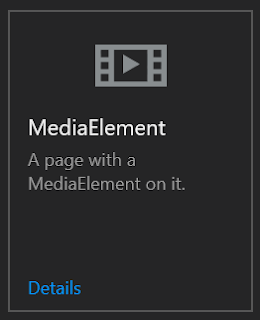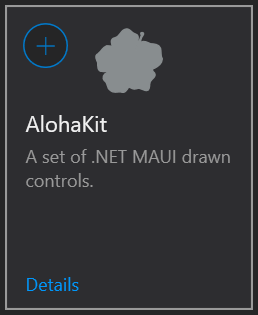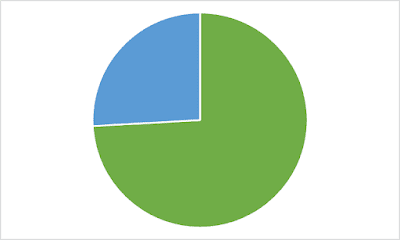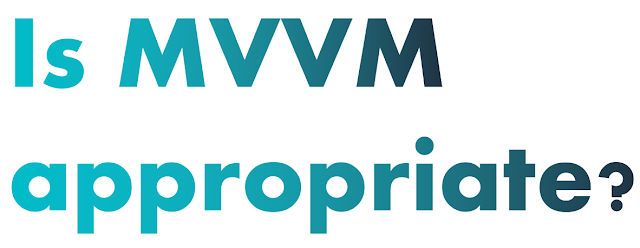I'm trying to be a bit more intentional about my career, money, and where I spend my time/effort. As part of this, I thought it might be interesting to look at my sponsorships via GitHub Sponsors.
I know many people publish full income reports. I don't feel confident enough to do that, but I hope that some of this analysis will still interest others without monetary sums.
Here's the key graph. It's the total amounts received each month.
While not a smooth graph, it's definitely trending up!
Public vs private sponsorships
There are two broad ways of grouping sponsors. Those that are public or private; and those that are one-off or recurring.
Let's look at the public vs private distinction first.
It's easy to see who the public ones are. Their avatars are shown on my sponsor page.
To save you from having to count, that's 35 public and 12 private.
The only difference to me is that I don't publicly thank the private ones by name.
But are there any differences between the different types of sponsors?
Different amounts from different types of sponsor
The figures in blue (on the left) of each group are the averages from all sponsors. However, as the very spikey graph above might suggest, there have been a few sponsors choosing larger amounts which skew things slightly.
The orange bar excludes the largest and smallest value from each group when calculating the mean.
Recurring sponsors typically pay less each month than a one-off sponsor. This isn't surprising and is almost encouraged.
I found it pleasantly surprising that amongst one-off sponsors,
private sponsors pay about 17% more. I'm unsure why or how to use this information, but it intrigues me.
I didn't separate the public and private recurring sponsors, as only one is private.
But averages don't tell the whole story.
Total amounts from recurring vs one-time sponsorshipsUnsurprisingly, while I have many fewer recurring sponsors, and the monthly average from each one is less than a one-off sponsor, the total amount from them is nearly three times the amount from one-off sponsorships.
I'm not sure this graph needs a legend, but the blue wedge is the total from one-off sponsors, and the green section is from recurring sponsors.
Who I sponsor
I currently only sponsor 1 person through GitHub Sponsors, but I sponsor 6 people through Patreon. Again, without using actual figures, it's only in the last couple of months that the amount I receive through sponsorships is more than the amount I give via Patreon. It's the circle of creative people supporting each other.
Other "interesting" things I noticed during the analysis
One person has made multiple one-off sponsorships.
One person started out by making a one-off sponsorship and, a few months later, came back as a recurring sponsor.
Recurring sponsor durations vary greatly. From 2 months to 3 years (and going). I see no discernable pattern to this.
In summary
While I'm not giving actual figures, I will say that the total for the whole period is about half of what I'd earn in a typical month of paid work. However, over the last three years, this has still been really helpful. As in the last 3.5 years, I've only had paid work for 8 months. (Yay, COVID!)
The most crucial point was when sponsorships helped pay the balance of an unexpected tax bill when I hadn't worked in nearly 2 years!
Now I'm nearly debt free again, and this makes me think about how I can (and should?) give more back to other creators who I want to support.
I also need to think about how, if at all, I can use the above analysis to help encourage more people (or organizations) to become sponsors. (Either of myself or others.)












